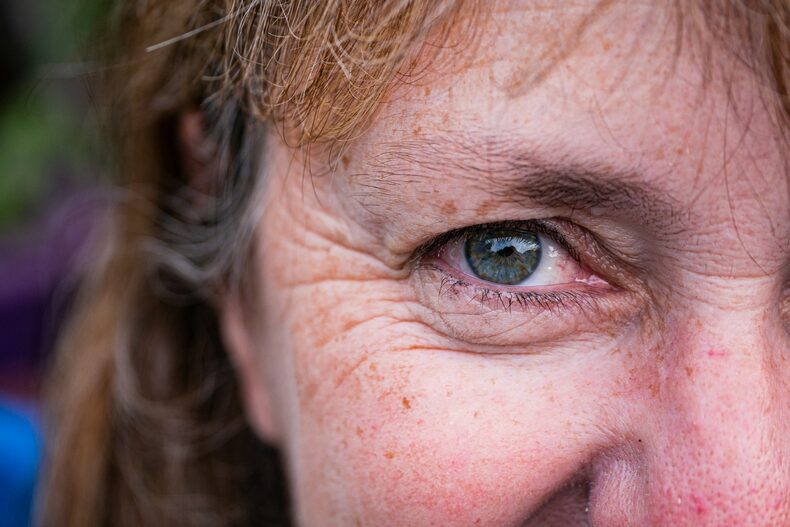The rate of increase in life expectancy has slowed significantly in recent years, despite advances in modern medicine, warns a new study published in Nature Aging.
Being 100 years old or even older isn’t so strange anymore. In the last century, THE life expectancy experienced notable growth global thanks to factors such as medical and technological advances, better access to health services and changes in lifestyles.
Science has not been able to determine whether this accelerated increase will continue into the 21st century. But now, a study recently published in the Nature Aging Magazine offers new evidence that humans may be very close to their biological limit of life.
Why life expectancy is reaching its limit
In 1990, S. Jay Olshansky epidemiologist at the University of Illinois at Chicago (UIC), published an article in the journal Science which suggested that Human lifespan has limits and the most important medical advances had already taken place which left biological aging as the main risk factor for disease and death.
It has also been argued that the rate of improvement in life expectancy will slow in the 21st century and that the population will probably not exceed 85 years. The latter, if it were not possible to discover an effective and safe intervention for biological aging.
In an interview with Nature Olshansky said that he and other researchers waited 30 years to test this hypothesis. “We now have definitive proof that the limited lifespan hypothesis is correct” he emphasizes.
In the study published October 7, Olshansky and his colleagues propose that after life expectancy doubled in the 20th century, The rate of increase has slowed considerably over the past three decades and this will continue as long as people are exposed to the effects of aging.

How the study was carried out
The study, which involved scientists from the University of Illinois at Chicago, Hawaii, Harvard and UCLA, analyzed life expectancy data collected between 1990 and 2019. Years after 2019 have not not been considered to avoid the effects of the Covid-10 pandemic.
The data belonged to places whose populations are characterized by longer lives: Australia, France, Italy, Japan, South Korea, Spain, Sweden, Switzerland and Hong Kong. The United States was also included, despite the fact that life expectancy in that country declined during this period.
After carrying out the analysis, the researchers discovered that Although life expectancy at birth has increased over these three decades in the populations assessed, the growth rate has stopped . The exception was Hong Kong.
Data also indicates that, despite advances in modern medicine, Life expectancy of long-lived populations has barely increased by six and a half years since 1990. This is a much slower growth rate than expected by some scientists who indicated that most people could easily live more than 100 years.
Olshanksy describes that much of the increase in longevity is due to efforts to combat various diseases. This means that the effects of aging now pose the greatest obstacle to continued progress towards a long life.
“Most of today’s older people live in an era created by medicine. » detailed the researcher in a press release.
“But these medical dressings produce fewer years of life, even though they occur at an accelerated rate, implying that the period of rapid increase in life expectancy is already considered to be over,” he said. he added.

What are the chances of living to 100?
Generally speaking, the study published in Nature Aging indicates that Children who live in long-term areas have a low probability of being centenarians: women would have only a 5.1% chance, while children would have a 1.8% chance. The group most likely to live this long is Hong Kong women, with a 12.8% chance.
Olshansky said in a statement that while it is likely that more people will be able to live 100 years or more in the 21st century, these will be “atypical cases” that will not influence expectations. average life.
According to the researcher from the University of Illinois at Chicago, the results of the study “refute the conventional idea that the natural longevity of our species lies somewhere on the horizon, beyond us, with a life expectancy that exceeds the current one.
“Instead, it’s behind us, between 30 and 60 years. “We have now demonstrated that modern medicine produces increasingly modest improvements in longevity, even as medical advances occur at breakneck speed,” he added.
The research was praised by other scientists who suggested that life expectancy would continue to increase significantly in the future. Steven Austad, a biology professor at the University of Alabama who bet with Olshansky that a living human being could live to be 150 years old, said: The New York Times that the study was “excellent” and that it clearly demonstrates that the rate of growth in life expectancy is slowing.
While Jan Vijg, professor of genetics at the Albert Einstein College of Medicine in New York, told the same media outlet that Olshansky’s study was “well done” and that “He’s always been what people considered pessimistic, but I think he’s also realistic.” .
Source: Latercera
I’m Rose Brown , a journalist and writer with over 10 years of experience in the news industry. I specialize in covering tennis-related news for Athletistic, a leading sports media website. My writing is highly regarded for its quick turnaround and accuracy, as well as my ability to tell compelling stories about the sport.


